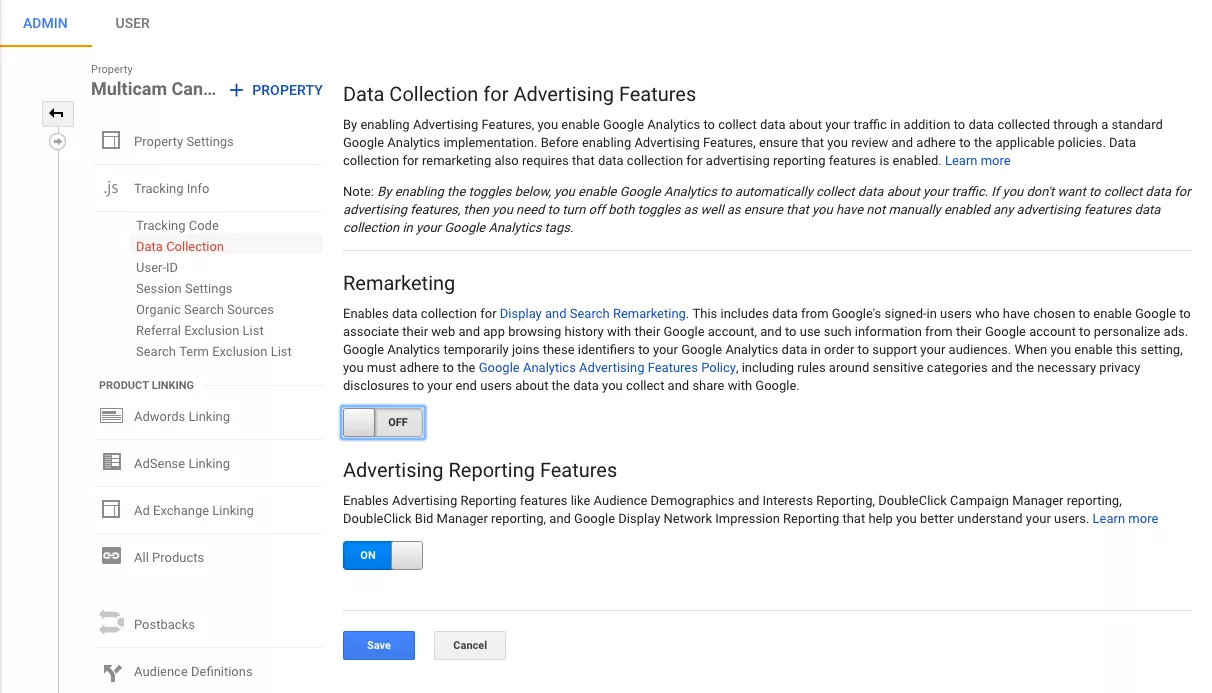The Benefits of Using Remarketing In Google Analytics
Optimize Your ROI With Remarketing in Google Analytics
In the realm of digital advertising, the usage of remarketing approaches within Google Analytics has actually proven to be a potent device for boosting roi. By utilizing the power of customer information and customizing ads to specific target market sectors, organizations can significantly intensify their conversion rates. Nevertheless, the genuine key hinge on the art of precision - understanding customer behavior, crafting compelling ads, and constantly refining methods to drive optimum outcomes. The journey to optimizing ROI through remarketing is a nuanced path led with insights and possibilities that can reshape the trajectory of your marketing ventures.
Comprehending Remarketing in Google Analytics
Comprehending remarketing in Google Analytics is vital for maximizing your electronic advertising approach. Remarketing enables you to target users that have previously seen your internet site or connected with your application, offering them with customized advertisements as they surf various other sites or use other apps within the Google Display Network. This method assists maintain your brand name top of mind and encourages users to return to your site, inevitably boosting the possibility of conversion.
By using Google Analytics, you can track the performance of your remarketing campaigns, obtaining beneficial understandings into individual behavior, involvement, and conversions. This information allows you to improve your messaging, bidding process, and targeting methods to boost the overall effectiveness of your projects.
Furthermore, comprehending the different sorts of remarketing checklists readily available in Google Analytics, such as common, dynamic, and comparable audiences, permits you to produce tailored and very fractional campaigns customized to details customer segments. This degree of granularity can considerably improve the importance and influence of your remarketing efforts, ultimately optimizing your roi.
Establishing Remarketing Listings
To effectively apply remarketing projects in Google Analytics, the first action entails configuring and developing remarketing lists targeting certain customer segments based on their communications with your site or app. By setting up remarketing listings, you can customize your advertising initiatives to reach individuals that have currently revealed passion in your service or products.
To start, navigate to the Admin area of your Google Analytics account and choose the Residential property where you wish to create the remarketing listing. Then, under the Property column, click 'Audience Definitions' and pick 'Target markets.' Next off, click on the red 'New Audience' switch and select 'Produce New' to specify the parameters for your remarketing checklist.

Crafting Reliable Remarketing Ads

When crafting your ads, concentrate on developing eye-catching headings and compelling visuals that important site attract attention to potential clients. Include strong calls-to-action that encourage customers to review your site and complete a desired action. Use vibrant remarketing to show personalized ads featuring products or solutions that individuals have actually previously viewed on your website.
Additionally, ensure that your advertisements are mobile-friendly considering that a significant part of net web traffic originates from smart phones. Test different ad variants to identify which messages and designs drive the very best results. By continually refining and optimizing your remarketing advertisements based upon efficiency information, you can maximize their performance and improve your return on investment.
Studying Remarketing Performance

Via Google Analytics, marketing professionals can track the efficiency of their remarketing campaigns in real-time, permitting them to recognize fads, patterns, and locations for enhancement without delay. navigate to these guys By examining the data, marketers can figure out which advertisements are performing well, which audience sections are responding positively, and which channels are driving one of the most conversions. This degree of granularity allows marketing experts to make data-driven decisions to enhance their remarketing advocate far better outcomes.
Enhancing ROI With Remarketing
Analyzing remarketing information in Google Analytics enables marketers to determine opportunities for enhancing return on investment (ROI) via critical modifications - What Is “Remarketing” In Google Analytics?. To make best use of ROI with remarketing, it is essential to comprehend the behavior of your target market. By analyzing customer interactions, such as the web pages they went to, the products they viewed, or the activities they handled your site, you can customize your remarketing campaigns extra effectively
Segmenting your target market based investigate this site upon their actions enables you to produce customized and targeted ads that are much more likely to reverberate with them. By showing pertinent advertisements to certain sections of your audience, you can raise the opportunities of conversion and inevitably improve your ROI.
In addition, testing various advertisement creatives, messaging, and deals can aid determine what resonates ideal with your target market. A/B screening enables you to try out various aspects of your ads to identify what drives the greatest involvement and conversion rates.
Final Thought
Finally, making the most of ROI with remarketing in Google Analytics needs a tactical technique to examining customer actions, segmenting audiences, developing tailored ads, and enhancing campaign efficiency. By leveraging data-driven understandings and examining various methods, organizations can enhance their remarketing initiatives to drive higher engagement and conversion prices. This methodical strategy makes certain that sources are successfully alloted towards taking full advantage of rois in remarketing campaigns.
Next off, click on the red 'New Audience' button and choose 'Create New' to define the parameters for your remarketing listing.
By continuously refining and enhancing your remarketing advertisements based on efficiency information, you can optimize their effectiveness and enhance your return on financial investment.
By delving into these insights, online marketers can get an extensive understanding of just how their remarketing initiatives are resonating with their target audience and driving conversions. To maximize ROI with remarketing, it is crucial to recognize the habits of your audience.In conclusion, optimizing ROI with remarketing in Google Analytics needs a strategic approach to analyzing individual behavior, segmenting target markets, creating tailored ads, and enhancing campaign performance.